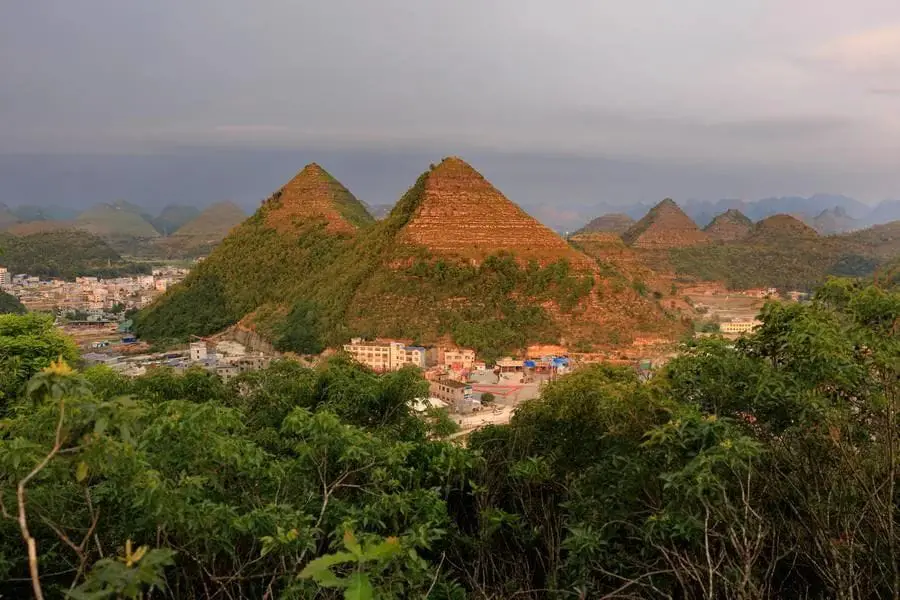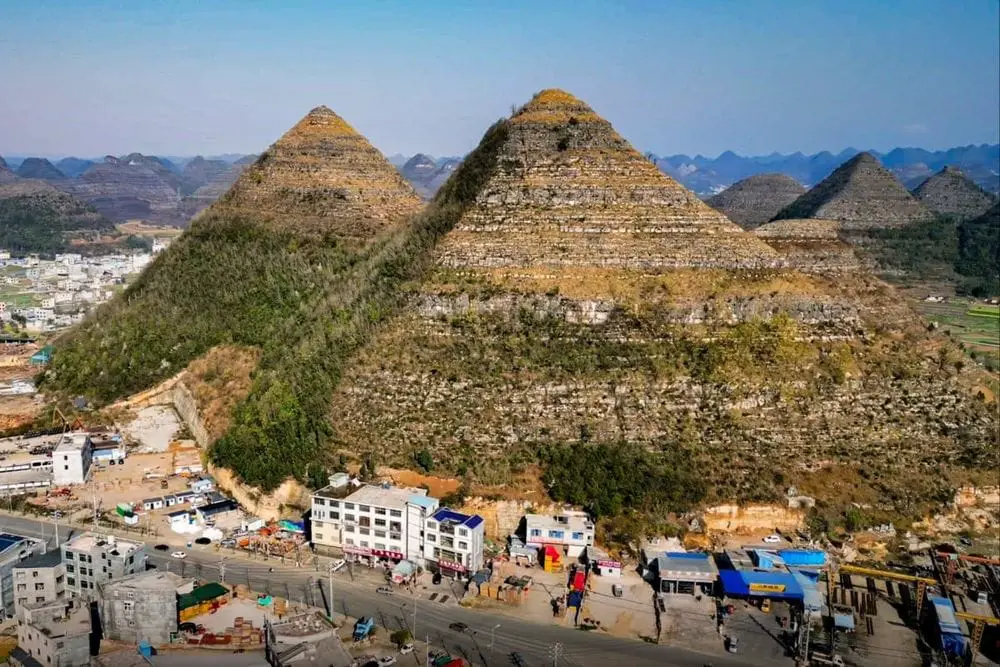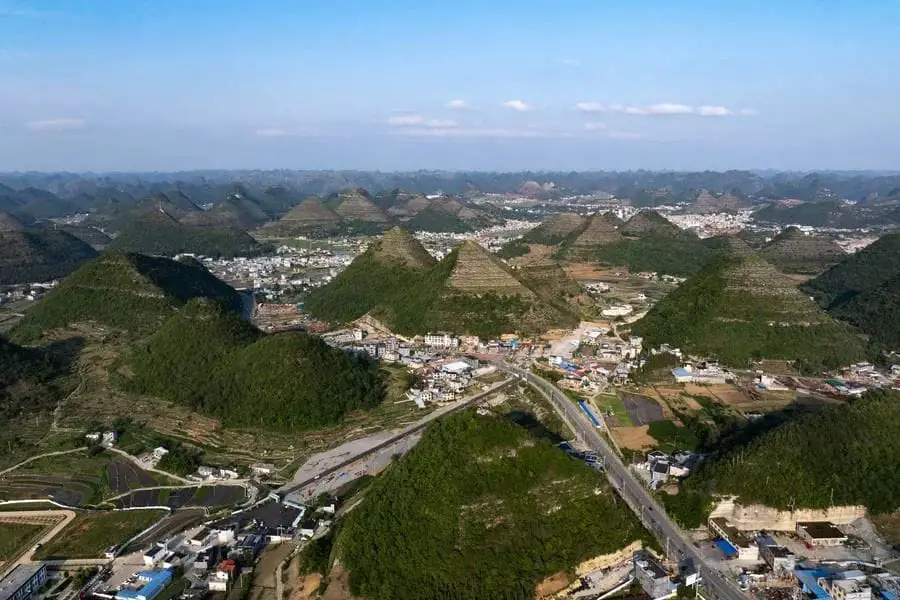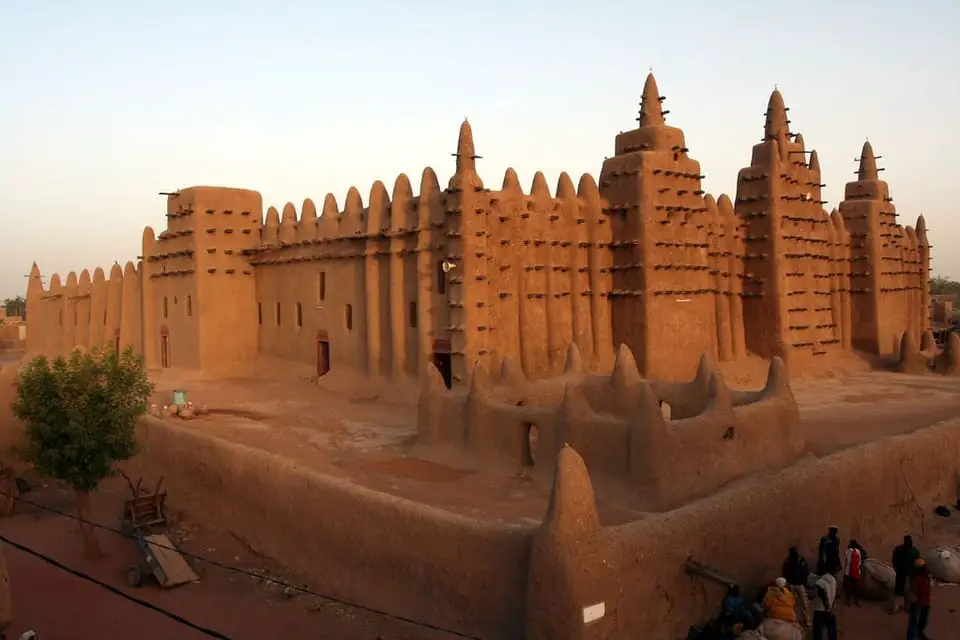China's Hidden Pyramids: Unveiling the Anlong Pyramid Mystery

China's hidden pyramids have long been a topic of fascination and intrigue. Located in the Shaanxi Province, these ancient structures have been shrouded in mystery for centuries.
One of the most enigmatic is the Anlong Pyramid, a pyramidal tomb believed to date back to the Han Dynasty. In this article, we will delve into the history and significance of the Anlong Pyramid and explore the secrets surrounding China's hidden pyramids.
The History of China's Pyramids

The history of China's pyramids is a complex and intriguing one, with the most famous of these structures being the Mausoleum of the First Qin Emperor, located in the Shaanxi Province. The construction of the mausoleum began in 246 BCE, soon after Emperor Qin ascended the throne, and it is believed to have taken over 38 years to complete.
The layout of the mausoleum is modeled after the layout of Xianyang, the capital of the Qin dynasty, and it is situated underneath a 76-meter-tall tomb mound shaped like a truncated pyramid.
The tomb itself has not yet been excavated, but archaeological explorations have uncovered various sites of the extensive necropolis surrounding the tomb, including the Terracotta Army to the east of the tomb mound. The Terracotta Army served as a garrison to the mausoleum and has yet to be completely excavated.
The history of the Han dynasty, which succeeded the Qin dynasty, is also closely tied to the pyramids of China. The Han dynasty was established by Liu Bang in 202 BCE and lasted until 220 CE. During this time, the Han emperors built several pyramidal structures, including the Mausoleum of the First Han Emperor, which is located in the Shaanxi Province. The Han dynasty also saw the construction of the Terracotta Army, which was built to protect the mausoleum of the First Qin Emperor.
The Shaanxi Province, where many of China's pyramids are located, has a rich history dating back to the Neolithic period. The Hongshan culture, which flourished in the region from around 4700 to 2900 BCE, is known for its carved jade and millet cultivation. The Yangshao culture, which succeeded the Hongshan culture, also cultivated millet and is known for its pottery.
In terms of genetics and linguistic identity, studies have found that the people of the Hongshan culture were predominantly of the paternal haplogroup N-M231, with a significant presence of the C and O3a haplogroups. The language spoken by the people of the Hongshan culture is not known, but it is believed to have been a member of the Transeurasian language family. Overall, the history of China's pyramids is a complex and multifaceted one, with many different cultures and dynasties contributing to the construction of these structures over the centuries.
The Anlong Pyramid Mystery

The Anlong Pyramid, also known as the Anlong Mausoleum, is a pyramidal tomb located in the Shaanxi Province, China. It is one of the most enigmatic of China's hidden pyramids, believed to date back to the Han Dynasty. The pyramid is thought to be the tomb of a noble or royal family member, but the exact identity of the occupant remains a mystery.
The pyramid's structure is unique, with a series of stepped layers forming the pyramid's shape. Theories surrounding its construction and purpose suggest that it may have been used for ceremonial or spiritual purposes.
Unveiling the Secrets of China's Hidden Pyramids

China's hidden pyramids have been the subject of various theories and claims since their existence was widely publicized in the 1940s. One of the most popular theories is that the pyramids were built by a lost civilization with advanced technology and culture, similar to the conspiracy theories surrounding the Tartarian Empire.
However, there is no concrete evidence to support this claim, and most of these theories are based on pseudoscience and pseudohistory. Despite the lack of evidence, many people believe that China's hidden pyramids hold secrets and mysteries that have not been uncovered yet. Some claim that the pyramids were used for spiritual or mystical purposes, while others believe that they were used as tombs for ancient Chinese rulers.
The Anlong Pyramid, which is one of the most well-known pyramids in China, is believed to date back to the Han Dynasty and is thought to be the tomb of a Chinese emperor. Some researchers have suggested that the pyramids were built using advanced technology and engineering skills that were not available to the ancient Chinese.
However, most of these claims are based on speculation and have not been proven. The Chinese government has not officially confirmed the existence of any lost civilization or advanced technology used in the construction of the pyramids. Overall, the theories and claims surrounding China's hidden pyramids are numerous and varied, but most of them are based on speculation and lack concrete evidence. Further research and excavation are needed to uncover the secrets and mysteries of these ancient structures.
Conclusions

In conclusion, China's hidden pyramids are a fascinating and enigmatic topic. The Anlong Pyramid, in particular, is a mysterious structure that has captured the imagination of many.
Through exploring the history and significance of China's pyramids, we can gain a deeper understanding of Chinese culture and history. While there are many theories and claims surrounding these structures, it is clear that they are an important part of China's cultural heritage.




